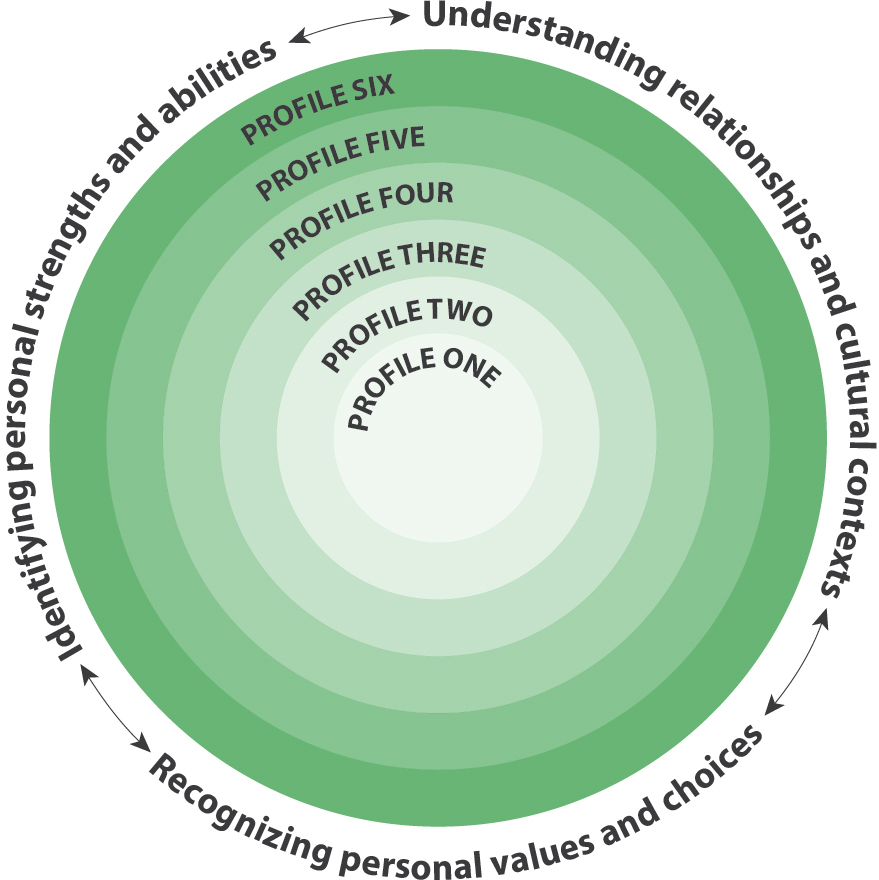Positive Personal and Cultural Identity involves the awareness, understanding, and appreciation of the factors that contribute to a healthy sense of oneself; it includes knowledge of one’s family background, heritage(s), language(s), beliefs, and perspectives in a pluralistic society.
People who have a positive personal and cultural identity value their personal and cultural narratives and understand how these shape their identity. They exhibit a sense of self-worth, self-awareness, and positive identity to become confident individuals who take satisfaction in who they are and what they can do. They contribute to their own well-being and to the well-being of their family, community, and society.
